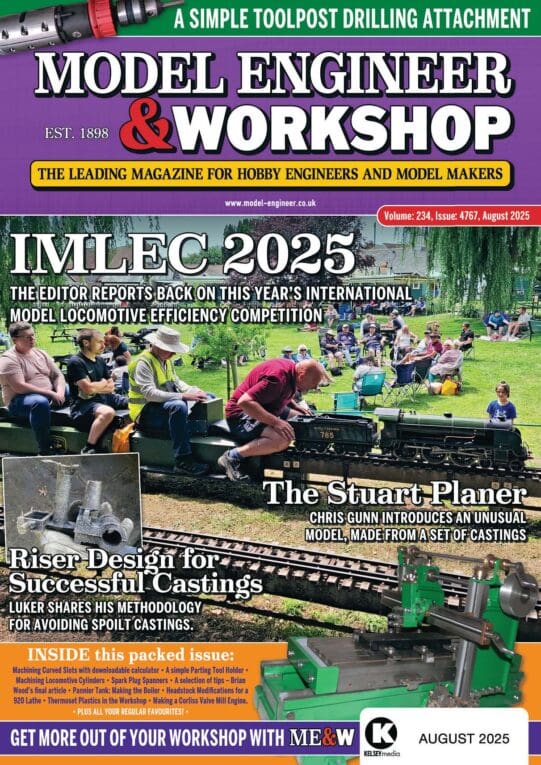I’ve not had great sucess experimenting with flycutting using a X1 mill but recently had a project to do requireing my first serious use of a flycutter.
I may write that project up latter.
A few thoughts, hopefully helpfull for those that know EVEN less than me!
Firstly, whilst i regularly throw caution to the wind and climb mill using endmills, the little x1 really doesn’t seem to like climb milling with a flycutter, conventional milling seems to be the way to go.
A quick google search will probably throw up something like” a flycutter will render a flat surface if the mill is trammed.”
I don’t know about you, but i’ve never quite been able to get my mill trammed perfectly~ close, but always slightly out in one axis or the other, & in any case, with a small, lightweight mill there will be some deflection under load.
Got me thinking about this a little~it’s good when you actually think things through, rather than blindly accept statements as fact.
Hopefully i’ve thought this through enough~ IF NOT< SOMEONE PLEASE CORRECT ME.
Here’s my conclusions.
If your mill is out of tram in both axis’ it will still render a flat plane, however this plane will not be parallel to the reference plane (ie the mill table / vise)
If you then flip the workpiece over to fly cut the opposite surface, the error will be compounded?(doubled), however if you also rotate the workpiece 180 deg, the error will tend to cancel out, but assuming it started as a cubeoid, it will be more of a rhomboid.
However if you have tram in one axis & use the opposite axis for traverse you should end up with a flat surface parallel to the reference plane.
thus if your mill is in tram back to front, & you use the x axis handwheel to fly cut (which would be the more usual way of working) all should be ok.
Now, have i got the right end of the stick or do i nead to re-read “Flatland” by Edwin Abbot?~ which may hold some appeal to those of you wont to contemplate the multidimensional universe.
Pete.







